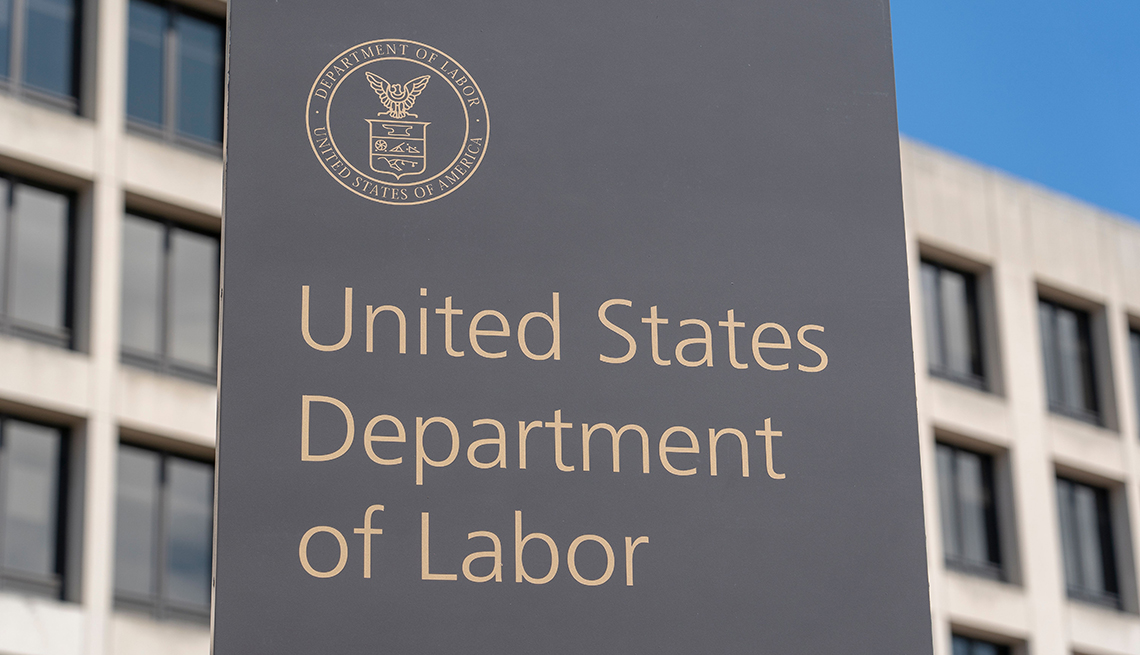Staying Fit
Nearly 1.2 million laid-off Americans applied for state unemployment benefits last week, evidence that the coronavirus keeps forcing companies to slash jobs just as a critical $600 weekly federal jobless payment has expired.


AARP Membership— $12 for your first year when you sign up for Automatic Renewal
Get instant access to members-only products and hundreds of discounts, a free second membership, and a subscription to AARP the Magazine.
The Labor Department's report Thursday marked the 20th straight week that at least 1 million people have sought jobless aid. Before the pandemic hit hard in March, the number of Americans seeking unemployment checks had never surpassed 700,000 in a week, not even during the Great Recession of 2007–09.
The pandemic, the lockdowns meant to contain it and the wariness of many Americans to venture back out to eat, shop or travel have delivered a devastating blow to the economy, despite the government's emergency rescue efforts. The nation's gross domestic product, the broadest measure of economic output, shrank at an annual rate of nearly 33 percent from April through June. It was by far the worst quarterly fall on record, though the economy has rebounded somewhat since then.
The historic job losses will be hard to recover
On Friday the government is expected to report a sizable job gain for July — 1.6 million. Yet so deeply did employers slash payrolls after the pandemic paralyzed the economy in March that even July's expected gain would mean that barely 40 percent of the jobs lost to the coronavirus have been recovered.
And the pace of hiring is clearly slowing. A resurgence of cases in the South and West has spread elsewhere and upended hopes for a speedy economic recovery as bars, restaurants and other businesses have had to delay or reverse plans to reopen and rehire staff.
All told, 16.1 million people are collecting traditional unemployment benefits from their state. For months the unemployed had also been receiving the $600 a week in federal jobless aid on top of their state benefit. But the federal payment expired last week. Congress is engaged in prolonged negotiations over renewing the federal benefit.


































































